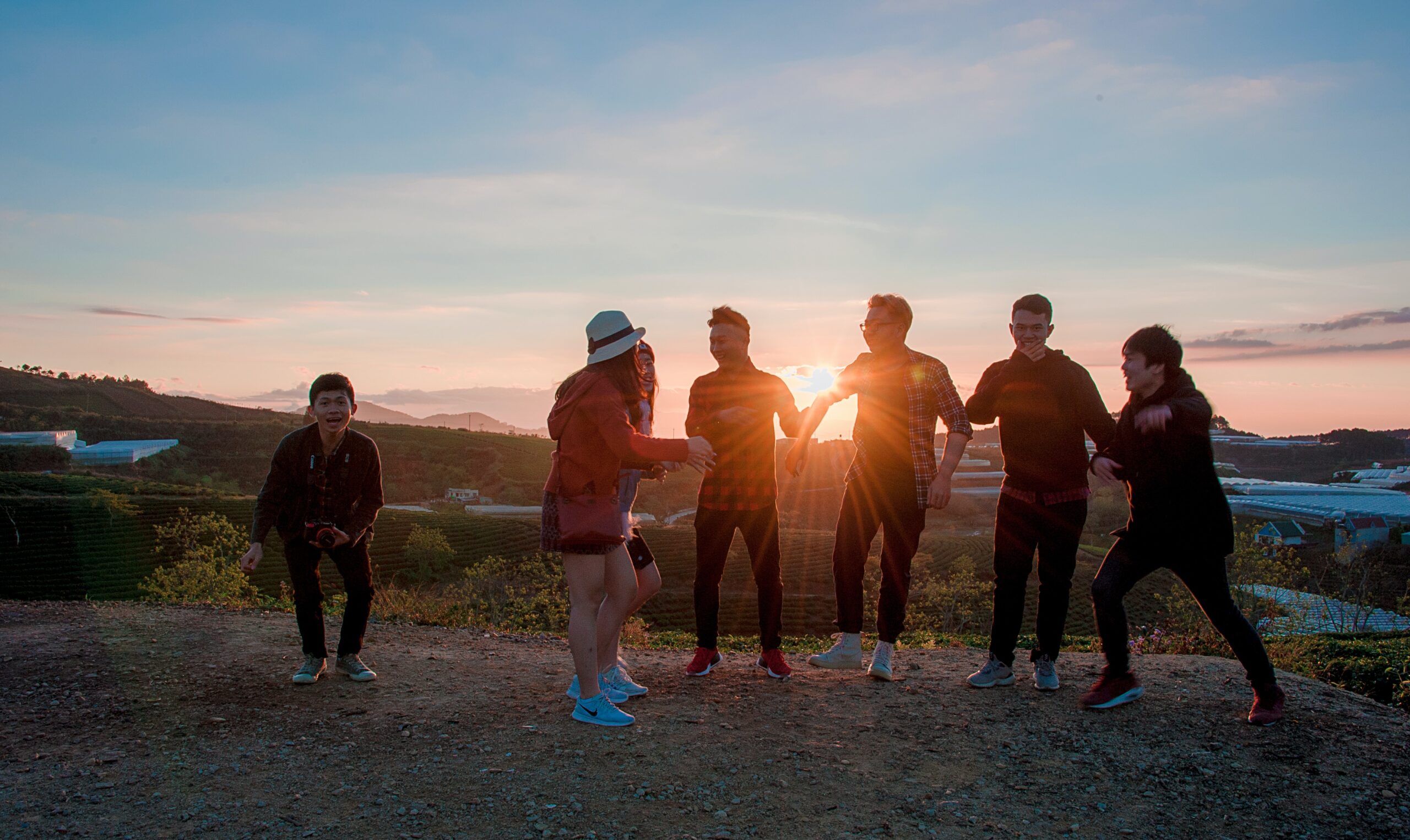
Ten Ideas to Help You and Your Students Get More Done at Home
Have you ever had a Saturday morning where you thought: Finally, I get a weekend to catch up on some projects! It seems we tread water all week, so we look forward to weekends to get some tasks done. And then, we reach Sunday night, and very few tasks, if any, are done.
During this period of isolation during COVID-19, many of us experience a good news, bad news scenario, where we have more time, but often play defense rather than offense with our calendars. Ugh! Where did the time go?
Here are 10 ideas to leverage during this strange time we’re in to help you get more done.

1. Use your imagination to motivate you and your kids.
Author Po Bronson reminds us of an experiment done with preschool-aged children. The kids were asked to see how long they could stand still beside a wall in the classroom. Most lasted for only a few seconds. Then, those students were asked to imagine they were guards in front of a castle, guarding it against enemies, and they needed to be very still. Those same kids were able to stand absolutely still for over a minute. Why? Our minds/imaginations are so powerful they enable us to do what we normally could not do.
We must learn to paint pictures and leverage their effects on our capabilities. What if you offered a scenario that is an aspiration of your young person and got vividly specific and clear with it, then—given that scenario—discussed what steps should be taken to make it a reality. Last year, I was teaching student leaders a principle and could tell it was all theory. Hypothetical at best. So, I gave them a very relevant scenario that likely many of them face on campus. Suddenly, the questions, discussion, and planning took off.
2. Plan to bundle similar tasks together.
I try to make this a rule, especially during these weeks of social isolation, knowing there will likely be exceptions. You’ll want to come up with your own categories as you review the kinds of tasks you have. Mine fall basically into three categories, which spell C.A.P.
C – Creative tasks: writing blogs, articles, outlining a book chapter, podcast script, etc.
A – Administrative tasks: planning meetings for apprentices; meeting w/Frank Blake, etc.
P – People tasks: meetings, webinars, video shoots, zoom calls with the team, etc.
3. Schedule your day the night before.
Do this with your kids if it helps: sit down before going to bed and plan the next day from beginning to dinner time. (In our home, we try to keep evenings for family time after dinner). Be sure to stay realistic. Schedule the projects you believe you can finish in a day. Talk them over for support and accountability. We would often leave a fun job that we looked forward to for the end of the day. So, this could look like each person seated at the kitchen table with a tablet, making a list of priorities, then discussing it with the others.
4. Wear headphones, and listen to content to prevent distraction.
My number one distractor from getting things done is interruptions. Wearing earplugs or headphones can reduce them. I will listen to music, podcasts, or TEDx talks. My wife will listen to books or a Marco Polo video from a friend.
5. Start with a full emotional tank, and plan brain-breaks every 60 to 90 minutes.
Two of our Habitude® images speak to this need: Starving Baker & Emotional Fuel. Let me explain. I have a better chance of completing my tasks and exceeding expectations on them if I’m intellectually and emotionally full. Years ago, our team attended a training day with a neuroscientist who taught us that every 60 to 90 minutes our brains need a break if we want them to function at full capacity. Take a walk; get some water to drink; talk to someone else on a break. This doesn’t prevent productivity; it accelerates it.
6. Do quick things first, then first things first.
I find I build momentum if I make my list of tasks to do, then choose my first task to be something that I can get done quickly and check it off the list. It furnishes me with the feeling of success. I feel the momentum, and I believe I can conquer other, bigger mountains that day. This week that task was writing two thank-you notes. The week before, it was planning for a meeting. I accomplished these tasks in 10 minutes and was raring to go for the bigger and longer tasks.
7. Utilize the Pareto Principle.
Vilfredo Pareto was an Italian economist who died nearly a century ago. He developed a theory we commonly call the 80/20 rule. With the right priorities in place, 20% of our effort will get us 80% of the results we desire. With wrong priorities, approximately 80% of our effort will get us 20% of our desired results. In short, all tasks are not equally productive. This is another Habitude we call: Big Rocks First. With your to-do list in hand, always be sure you place important tasks at the beginning of your day. For me, once I do my “quick task,” I usually move right into a big one that will take a while, such as preparing for an event or webinar. This is key to our mission and puts wheels in motion.
8. Leave breadcrumbs for yourself.
Have you ever been working on something and been interrupted or needed to research to finish a task, which caused you to lose track of where you were when you left off? It happens to me all the time. I’ve learned to leave “breadcrumbs” for myself so I can pick back up where I left off when I return to my original project. I will start the next paragraph and scribble an idea or two, so I can pick right back up when writing. I will minimize docs, scribble on notepads, and put notes on my calendar.
9. Communicate your deep dives to those around you.
Author Donald Miller taught me this idea. When you or your young people need a chunk of uninterrupted time, let others know ahead of time. In our office, we began putting signs up on our door that said, “Deep Dive,” letting everyone know to wait before interrupting the flow because the person inside was scuba diving deep into the ocean of their work. Let’s be honest. We avoid some tasks because they require a “deep dive,” and we know we won’t get uninterrupted time to do them—so we put them off. This idea could help.
10. Come up with relevant rewards for each person.
I’ve done this for years—for myself and my children. When you have a daunting (even intimidating) task to do, identify a reward you’d love to enjoy when you finish it. Have your young people come up with an appropriate prize they’d get if they complete a task. Then, hold each other accountable. Don’t let anyone enjoy the reward until they’re done. For me, it’s popcorn or watching a ballgame. Today, my wife finished her projects, and we went to Andy’s Frozen Custard to get a butter pecan concrete, extra nuts.






